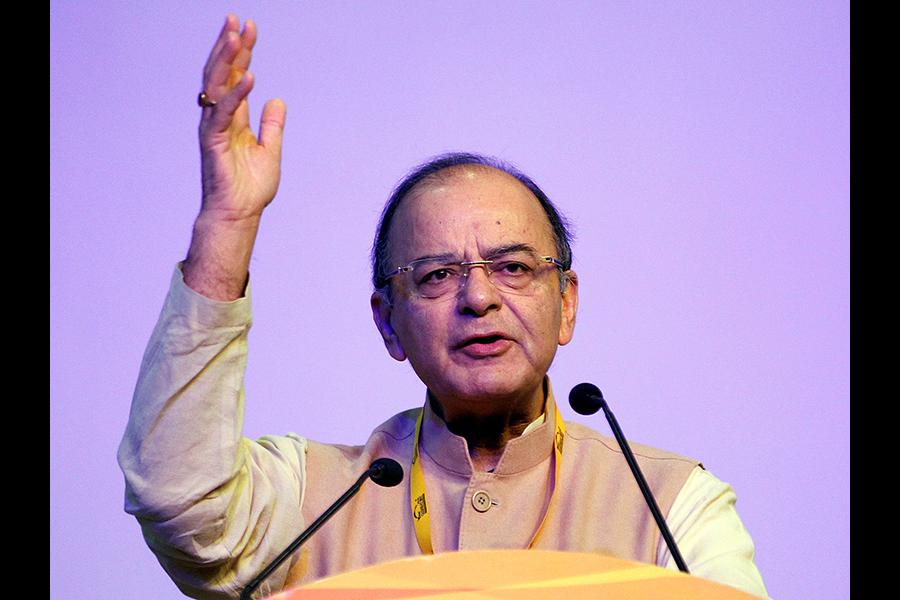Budget 2017 must boost ease of doing business in India
India Inc and citizens, both, are looking forward to the Finance Minister (FM) presenting the Union Budget 2017 with a heightened expectation of rebates, benefits and sops to provide much needed push to the economy
2016 has been an unprecedented year with some historic announcements and tax reforms for the Indian economy. Demonetisation has caused short-term disruption in the economy and has slowed down demand and consumption. This year, meeting expectations following demonetisation will be high on the agenda for the Government. India Inc and citizens, both, are looking forward to the Finance Minister (FM) presenting the Union Budget 2017 with a heightened expectation of rebates, benefits and sops to provide much needed push to the economy.
To increase disposable income and boost consumption in the economy, the Government is expected to rationalise the tax slab rates below the income of Rs 10 lakhs. The FM may also consider enhancing the basic tax exemption limit from the current Rs 2.5 lakhs.
In his Budget 2015-16, the FM has indicated reduction in the corporate tax rates and phasing out of incentives over a period of time. It is expected that the FM could announce reduction in the corporate tax rate (by 2 -3 %). The reduction would be in line with the global trend (UK, Vietnam, Thailand, and Philippines) and would make India globally competitive as well as provide much needed fillip to the Indian economy. Announcement of incentives for manufacturing sector and start-up community along the lines of ‘Make in India’ and ‘start-up’ movement, would stimulate the investor sentiments and uplift the spirit of the economy.
It is expected that the Government may significantly enhance the budgetary allocation of various subsidies / schemes including MNERGA to counter the impact of demonetisation. An announcement of direct benefit transfer scheme could also be made as a move towards cashless economy. To encourage formalisation of digital payments, the Government may announce incentives (discounts or rebates in direct or indirect taxes) to the consumers and small merchants. Government is also expected to announce path-breaking steps to track and curb benami transactions.
It has been an endeavour of the Government to simplify the tax laws and bring friendlier tax regime for ease of doing business in India. With this backdrop, it is expected that a few of the Easwer Committee recommendation on tax reforms may find place in this year’s budget. These measures could be towards withholding tax rationalisation, refund process simplification, tax payer friendly administration and classification of income between capital gain and business income.
As a result of transition to Ind-AS certain adjustments would be required to be made by majority of the companies in the opening values of their assets and liabilities which may have significant impact on the computation of book profits for MAT purposes. CBDT had constituted a Committee in June 2015 to suggest a framework to compute “book profits” for companies converging to Ind-AS. After due consultation with the stakeholders, the Committee has released its report on the main issues. It is expected that Government would consider the recommendations of the Committee and announce certain amendments in the Budget to fix the challenges arising in MAT computation due to convergence to Ind-AS.
India has agreed to follow the BEPS Action Plan. In the Budget 2016-17, the Government has introduced 6% equalisation levy on payments for online advertising to foreign e-commerce companies. The Country by Country (CbC) Reporting is another measure under BEPS which was announced in the last year’s budget. It is expected that the Government may expand the list of services on which equalisation levy will be charged. It is also expected that the Government may introduce more measures in line with other BEPS Action Plan.
The GAAR provisions are scheduled for implementation effective 1 April 2017. The Government is expected to issue guidelines in advance of implementation of GAAR to provide the desired clarity to the investors’ community. On the POEM front, the draft guiding principles issued in December 2015 for determination of POEM are expected to be finalised and made public. It is also expected that POEM provisions may be deferred by a year and made effective from the next financial year (i.e FY 2017-18).
Government is keen for improving dispute resolution mechanisms. In this connection, it is expected that margins under the safe harbour rules may be lowered as the current high margins act as a deterrent for the companies to choose this route. Though, new benches for the Authority for Advance Rulings (AAR) have been announced in the earlier Budgets, the benches have still not become operational. It is expected that the operation of AARs be made more effective by ensuring needed infrastructure and providing strict timeline for disposal of cases. It is also hoped that the operation of Dispute Resolution Panels be made more effective by increasing the number of benches.
The Budget should lay down a long-term strategy for increasing India’s tax-GDP ratio which may be facilitated both by demonetisation-linked digitisation and GST. India Inc. is expecting a Budget which would enhance ease of doing business and a tax payer friendly regime.
All in all, one would hope that Budget 2017 would bring about fulfilment of expectation of large part of the business community and citizens of the India.
(By Pranav Sayta, Partner and Tax Leader for Technology, Media & Telecommunications, EY India. Views expressed are personal.)
The thoughts and opinions shared here are of the author.
Check out our end of season subscription discounts with a Moneycontrol pro subscription absolutely free. Use code EOSO2021. Click here for details.
